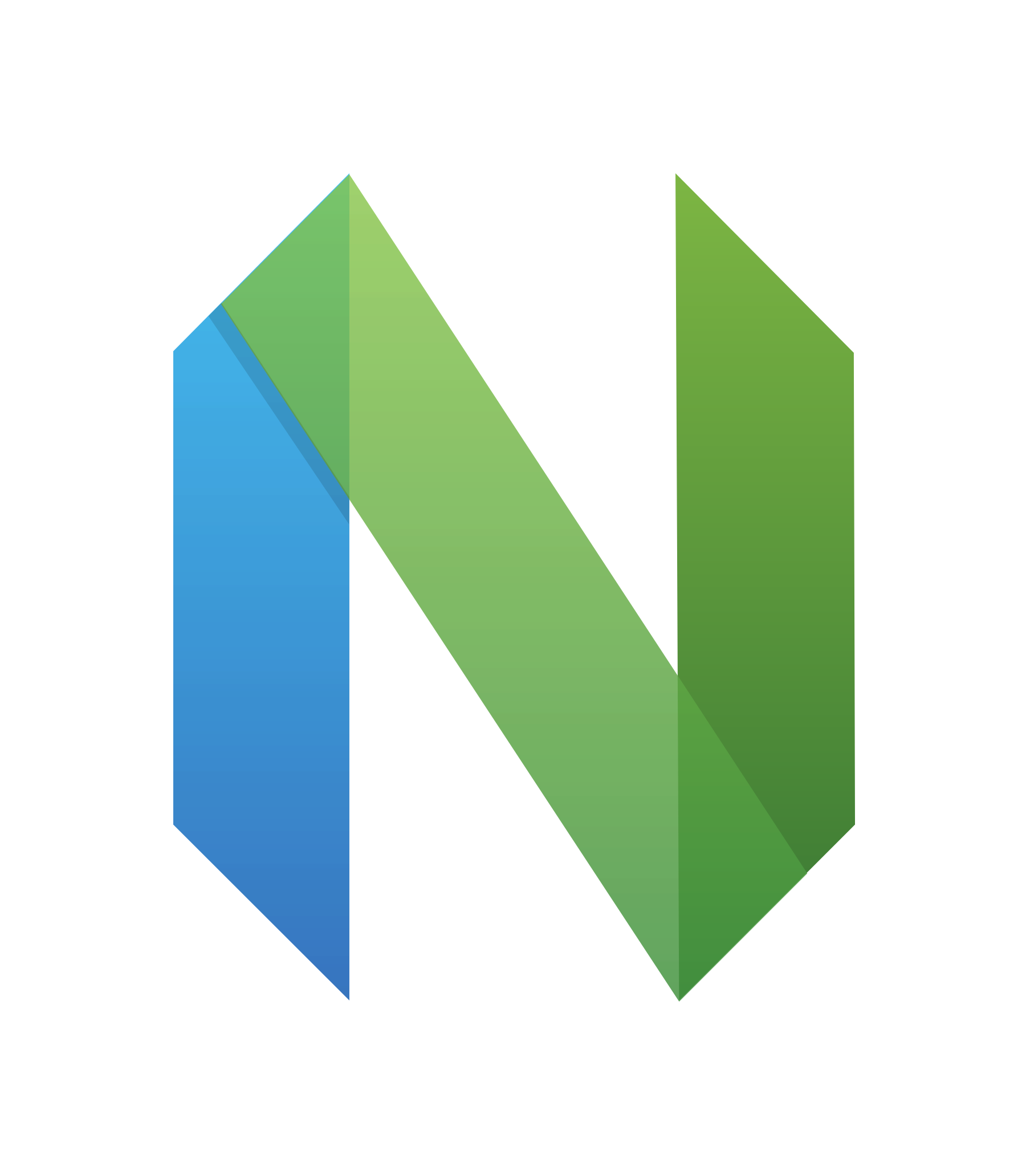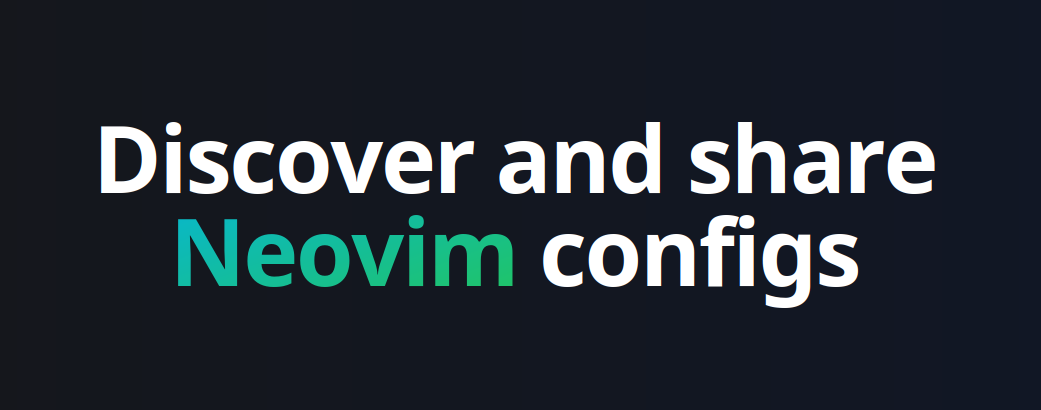

Well ok, they both use symlinks but in different ways. I think what I was trying to say is that in NixOS it’s symlinks all the way down.
IIUC on Fedora Atomic you have an ostree image, and some directories in the image are actually symlinks to the mutable filesystem on /var. Files that are not symlinks to /var (and that are not inside those symlinked directories), are hard links to files in the ostree object store. (Basically like checked-out files in a git repository?)
On NixOS this is what happens if examine what’s in my path:
$ which curl
/run/current-system/sw/bin/curl
$ ls -l /run | grep current-system
/run/current-system -> /nix/store/p92xzjwwykjj1ak0q6lcq7pr9psjzf6w-nixos-system-yu-23.11.20231231.32f6357
$ ls -l /run/current-system/sw/bin/curl
/run/current-system/sw/bin/curl -> /nix/store/r304lglsa9i2jy5hpbdz48z3j3x2n4a6-curl-8.4.0-bin/bin/curl
If I select a previous configuration when I boot I would get a different symlink target for /run/current-system. And what makes updates atomic is the last step is to switch the /run/current-system symlink which switches over all installed packages at once.
I can temporarily load up the version of curl from NixOS Unstable in a shell and see a different result,
$ nix shell nixpkgs-unstable#curl # this works because I added nixpkgs-unstable to my flake registry
$ which curl
/nix/store/0mjq6w6cx1k9907vxm0k5pk7pm1ifib3-curl-8.4.0-bin/bin/curl # note the hash is different
I could have a different version curl installed in my user profile than the one installed system-wide. In that case I’d see this:
$ which curl
/home/jesse/.nix-profile/bin/curl
$ ls -la /home/jesse | grep .nix-profile
.nix-profile -> /nix/var/nix/profiles/per-user/jesse/profile
$ ls -l /nix/var/nix/profiles/per-user/jesse
profile -> profile-133-link
profile-130-link -> /nix/store/ylysfs90018zc9k0p0dg7x6wvzqcq68j-user-environment
profile-131-link -> /nix/store/9hjiznbaii7a8aa36i8zah4c0xcd8w6d-user-environment
profile-132-link -> /nix/store/h4kkw1m5q6zdhr6mlwr26n638vdbbm2c-user-environment
profile-133-link -> /nix/store/jgxhrhqiagvhd6g42d17h4jhfpgxsk3n-user-environment
Basically symlinks upon symlinks everywhere you look. (And environment variables.)
So I guess at the end everything is symlinks on NixOS, and everything is hard links plus a set of mount paths on Fedora Atomic.



Well you’re really feeding my Nix confirmation bias here. I used to use Ansible with my dot files to configure my personal computers to make it easy to get set up on a new machine or server shell account. But it wasn’t great because I would have to remember to update my Ansible config whenever I installed stuff with my OS package manager (and usually I did not remember). Then along came Nix and Home Manager which combined package management and configuration management in exactly the way I wanted. Now my config stays in sync because editing it is how I install stuff.
Nix with either Home Manager or NixOps checks all of the benefits you listed, except arguably using a “known” programming language. What are you waiting for?